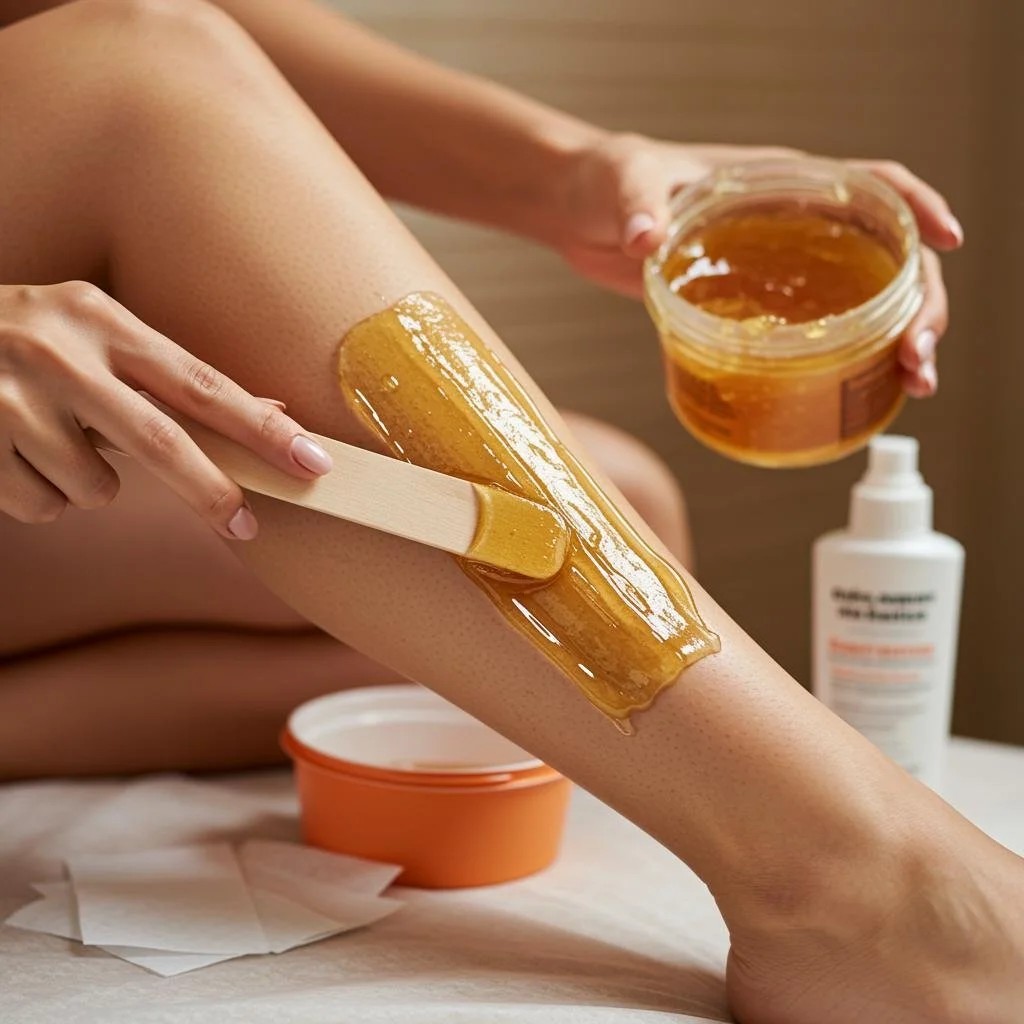Water leaks in the home can be a significant inconvenience, not to mention a potential source of costly repairs if left unaddressed. Whether you’ve noticed a small drip or a more serious flood, it’s crucial to understand the various types of water leaks that could arise and how to handle them promptly.
An essential first step is to pinpoint the origin of the leak, which could be due to a damaged pipe, malfunctioning appliance, or even a leaking fridge. In this article, we explore common household water leaks and provide practical advice on when to handle them yourself and when it’s time to call a local plumber for assistance.
No. 1
Leaking Faucets and Pipes
One of the most common types of water leaks is a leaking faucet. Although a dripping faucet might appear harmless, it can lead to considerable water waste over time, resulting in increased utility costs. Often, the leak is caused by a deteriorated washer or a problem with the faucet’s valve.
This is an easy fix for most homeowners, as it often just requires replacing the washer or tightening the valve. Similarly, leaking pipes under sinks or in other areas of your home can lead to water damage if not addressed.
If you spot a leak around the pipe joints or notice water pooling near a pipe, it’s essential to act quickly. Begin by shutting off the water supply to avoid additional damage, then examine the pipes for any issues.
You may be able to patch up small leaks with a temporary fix like pipe tape, but for more extensive damage, it’s advisable to seek professional help from a local plumber.
No. 2
Water Heater Leaks
Water heaters are another appliance prone to leaks. These leaks can occur at the tank’s base or around the connections to the pipes. The primary cause of water heater leaks is often corrosion or damage from sediment build-up inside the tank.
If you notice a pool of water around your water heater, it could be a sign that the tank is deteriorating, and you may need to replace it. If the leak originates from the connections, a local plumber can assist in replacing damaged connections or valves.
A malfunctioning water heater can also lead to inconsistent water temperature and reduced efficiency, meaning you might end up spending more on energy bills. Consistent maintenance of your water heater, such as flushing sediment buildup and inspecting the connections, can help prevent leaks from developing.
No. 3
Fridge Leaking Water
A common issue many homeowners face is a fridge leaking water, especially from the freezer or refrigerator compartment. Water pooling around the fridge can be due to a blocked defrost drain or a faulty door seal.
In some cases, the water may even be due to a blocked condensation line or an issue with the refrigerator's water filter. It’s essential to first unplug the fridge and inspect the drainage system and the door seal for any visible damage.
If the problem persists, there could be a more complex issue, such as a frozen defrost drain or broken water line. If you’re unable to solve the issue on your own, contacting a local plumber who is familiar with appliance-related leaks is a good option.
It’s critical not to ignore a fridge leaking water, as over time, it could lead to water damage in the surrounding areas or even mould growth in hidden spaces.
Smell Away
Say goodbye to stubborn odors with the Smell Away® Odor Neutralizing Machine! Perfect for homes, it eliminates pet smells, cooking odors, dampness, and more—leaving your space fresh and inviting.
Shop now for cleaner, healthier air!
No. 4
Leaking Washing Machines
Washing machines are another common appliance prone to leaks. Water can pool around the machine due to a variety of causes, including damaged hoses, worn-out seals, or overloading the machine.
If you spot water leaking from the washing machine, begin by checking the hoses for any signs of cracks or damage. Tightening or replacing the hoses may solve the issue.
Additionally, check the door seal to ensure it isn’t worn out or damaged, as this could cause leaks during the wash cycle. In some cases, the problem could be more complex, such as issues with the washing machine’s internal plumbing.
If tightening the hoses doesn’t solve the problem, or if you notice leaks from the machine's internal components, it’s best to call a professional plumber for assistance.
No. 5
Roof and Ceiling Leaks
While not often thought of as part of the plumbing system, roof and ceiling leaks can also cause significant water damage to your home. These leaks usually occur due to damaged roofing materials or clogged gutters, which prevent water from properly draining off the roof.
Water can infiltrate the roof and seep into the ceiling beneath. Regular upkeep is essential to prevent roof leaks. Be sure to clear gutters of debris and check the roof for any missing or damaged shingles.
If you observe any signs of a roof leak, such as water stains on the ceiling, it’s crucial to consult a professional roofer or plumber to evaluate the damage and carry out necessary repairs. If left untreated, roof leaks can lead to structural problems and mold development.
When to Contact a Local Plumber
While some small leaks can be fixed with basic DIY methods, it’s best to reach out to a local plumber when dealing with more significant issues. If you are unable to identify the source of the leak, if the leak is persistent despite your attempts at fixing it, or if it’s causing damage to your home, it’s time to call in a professional.
A qualified plumber possesses the knowledge and skills to resolve the issue promptly, preventing any additional damage.
Takeaways
Water leaks in the home are not merely a nuisance—they can lead to serious damage if not addressed in time. Whether it’s a leaking faucet, water heater, fridge, or washing machine, understanding the common causes and solutions for these leaks can help you protect your home and prevent costly repairs.
If you find yourself unable to fix the issue on your own, don’t hesitate to reach out to a local plumber to get your home back in top shape and avoid further water damage.
Looking For Home Resources?
Looking to enhance your living space and create a sanctuary that supports your well-being? Explore our home partners who offer a wide range of resources to elevate your home environment.
















































































































































































































